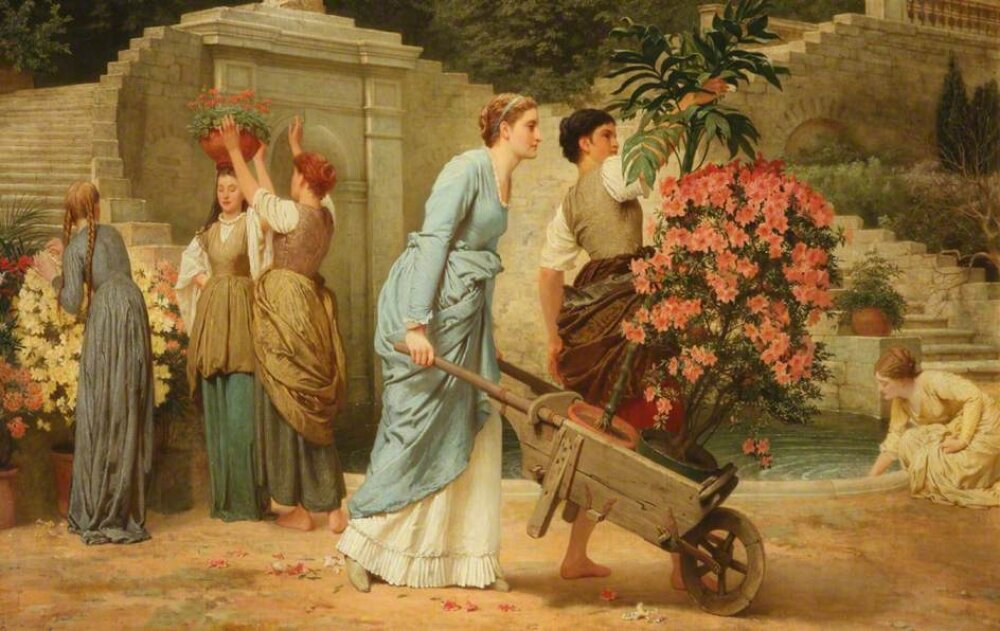A virtuous young lady moves to London, determined to live there a life of cultured independence.
Here is another novel by McCarthy (see Novel 059), with a variety of vivid characters and some amusing incidental satire on poetic modernism.
“These two volumes . . . contain some of the most felicitous studies of character that we have seen for a long while. . . . We should say that intelligence—free, kindly vision—(with high conscientiousness and much goodness of heart) was Mr. McCarthy’s strong point as a novelist. He always understands; and he makes his readers understand. He has, also, plenty of kindly humour. . . . He has given us a brilliant and thoughtful novel: which may also be treated, if the reader pleases, as an essay of rare intelligence and fine humour, illustrated by social studies of great fidelity, wholly free from any taint of cynicism or high-flying sentiment.” Contemporary Review, December 1, 1877
“Miss Misanthrope is indeed, to our thinking, a work which has some very striking merits. . . . The characters are fresh and consistently kept up. . . . The author displays a singular talent in dealing with mixed motives, and exhibiting without any tiresome display of analytical power his just observation of the working of ordinary as well as unusual natures. . . . Those who care for a keen—one might almost say a brilliant—chronicle of the fashions and follies of the times, the satire of which is just enough dashed with tenderness, are certain to read Mr. McCarthy’s novel with pleasure.” Saturday Review, January 12, 1878
“It is difficult to know where one should begin one’s praise of this brilliant and charming book. . . . which is at once vigorous in conception, brilliant in execution, pure in sentiment, and faultless in design.” Examiner, January 26, 1878
Download this week’s novel:




















